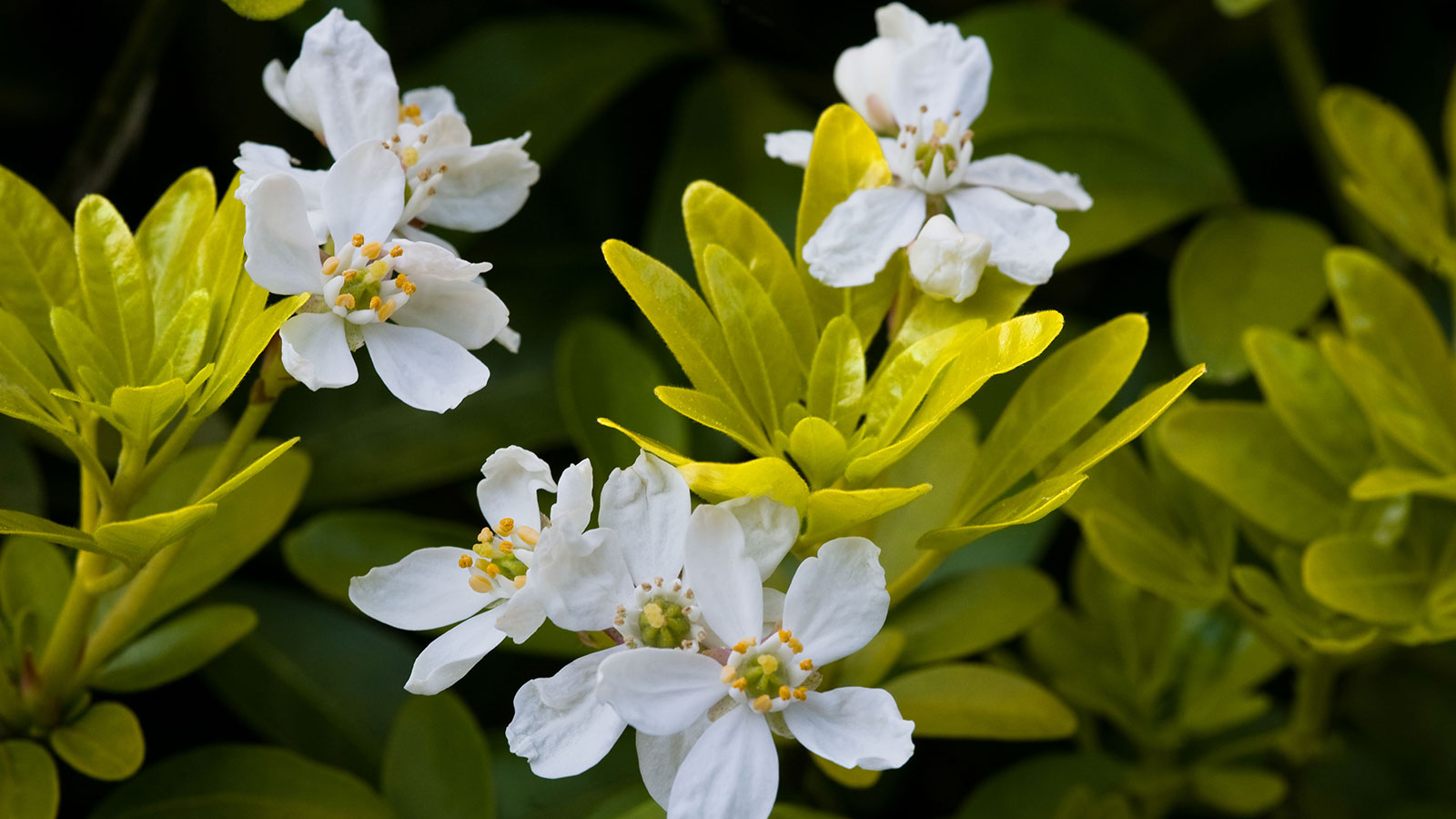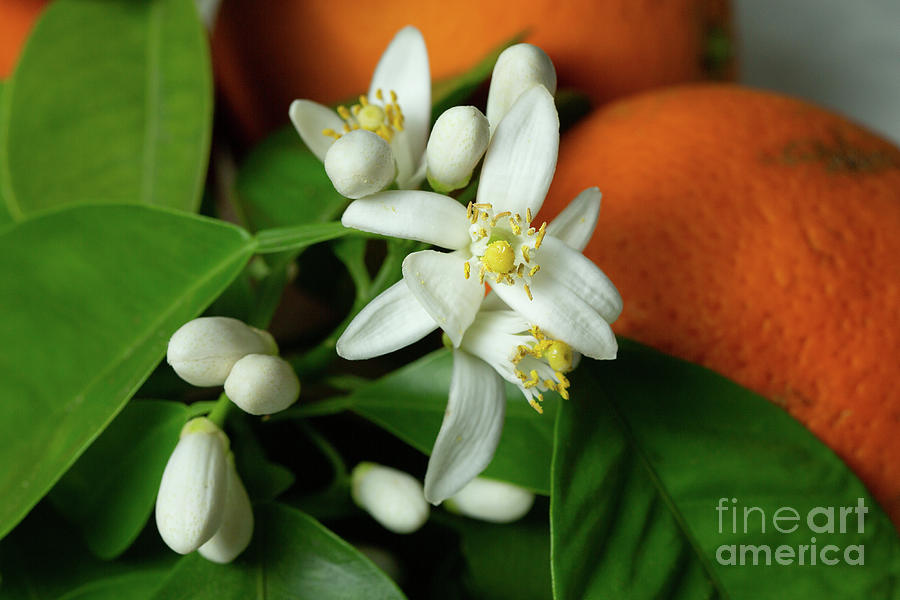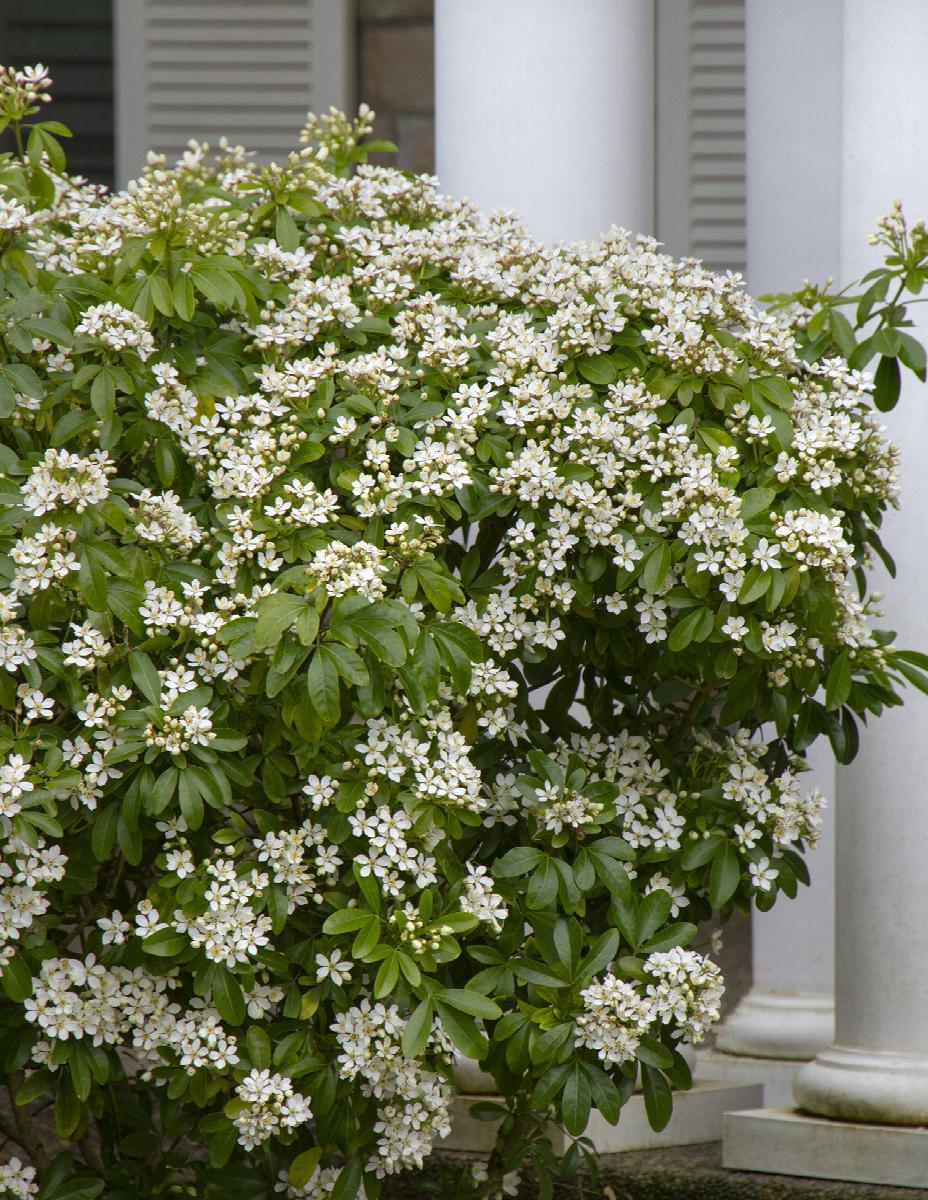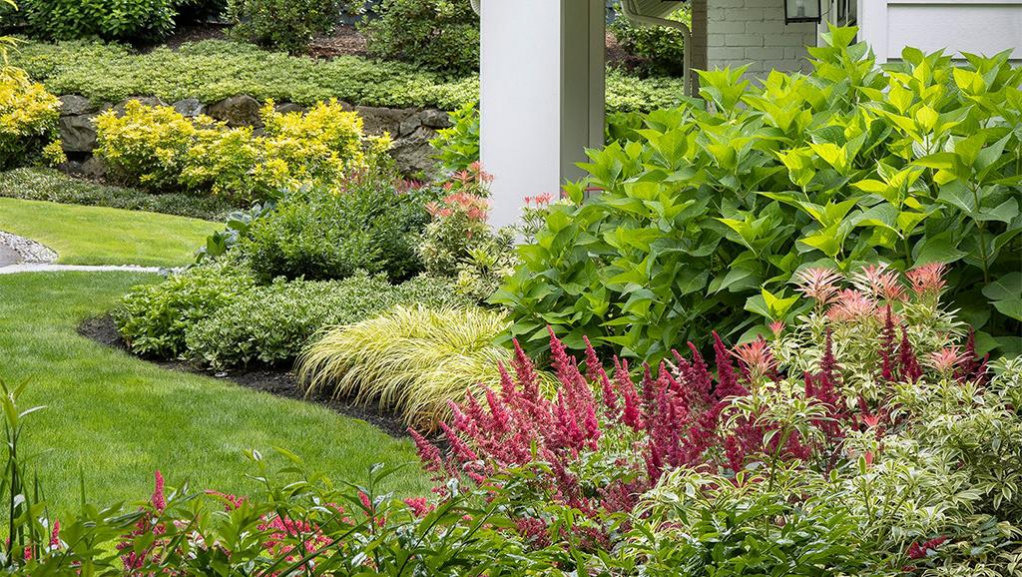How To Grow The Most Fragrant Orange Blossom Shrub
Title: How to Grow the Most Fragrant Orange Blossom Shrub
Introduction:
The orange blossom shrub is a beautiful and fragrant plant that can add a touch of elegance to any garden. It is native to Mexico and Central America, but it can be grown in many parts of the world. The shrub produces clusters of white, star-shaped flowers that have a sweet, citrusy scent. The flowers bloom in the spring and summer, and they attract bees, butterflies, and other pollinators.
If you are looking for a plant that will add beauty and fragrance to your garden, the orange blossom shrub is a great choice. In this blog post, I will provide you with tips on how to grow the most fragrant orange blossom shrub.
Main Content:
Choosing the right location
The first step to growing a fragrant orange blossom shrub is to choose the right location. The shrub prefers full sun, but it can tolerate some light shade. It also prefers well-drained soil. If you live in an area with hot summers, you may want to choose a variety of orange blossom shrub that is drought tolerant.
Planting
Once you have chosen a location, you can plant your orange blossom shrub. Dig a hole that is twice as wide as the root ball of the plant. Add some compost or other organic matter to the bottom of the hole. Place the plant in the hole and backfill with soil. Water the plant well.
Watering
Orange blossom shrubs need regular watering, especially during the first year after planting. Once the plant is established, it will need less water. Water the plant deeply once a week during the summer months. Mulching around the plant will help to conserve moisture.
Fertilizing
Orange blossom shrubs do not need a lot of fertilizer. You can fertilize the plant once a year in the spring with a balanced fertilizer.
Pruning
Orange blossom shrubs do not need to be pruned heavily. You can prune the plant after it blooms to remove dead or damaged branches. You can also prune the plant to shape it.
Attracting pollinators
The orange blossom shrub is a great plant for attracting pollinators. The flowers produce nectar that bees, butterflies, and other insects love. If you want to attract pollinators to your garden, plant an orange blossom shrub.
Conclusion
Growing a fragrant orange blossom shrub is a rewarding experience. The plant is beautiful, fragrant, and easy to care for. If you are looking for a plant that will add beauty and fragrance to your garden, the orange blossom shrub is a great choice.
The orange blossom shrub is a beautiful and fragrant plant that can add a touch of elegance to any garden. It is native to North America and can grow up to 6 feet tall. The flowers are white and have a sweet, orange blossom scent. The shrub blooms in the spring and summer and attracts butterflies and other pollinators.
If you are interested in learning more about the orange blossom shrub, please visit Home Gardening. This website has a wealth of information about the plant, including its care, planting, and propagation. You can also find photos and videos of the plant in bloom.
FAQ of orange blossom shrub
- What is an orange blossom shrub?
An orange blossom shrub is a type of flowering shrub that is known for its sweet, citrusy fragrance. It is native to Mexico and Central America, but it is now grown in many parts of the world. Orange blossom shrubs can grow up to 10 feet tall and wide, and they typically bloom in the spring and summer.
- How do I care for an orange blossom shrub?
Orange blossom shrubs are relatively easy to care for. They prefer full sun and well-drained soil. They should be watered regularly, but they should not be overwatered. Orange blossom shrubs are not very tolerant of cold weather, so they should be planted in a warm climate.
- How do I propagate an orange blossom shrub?
Orange blossom shrubs can be propagated by cuttings or seeds. Cuttings are the most common method. To take a cutting, simply cut a healthy branch from the shrub and remove the leaves from the bottom half of the cutting. Dip the cut end of the cutting in rooting hormone and plant it in a pot of well-draining soil. Keep the soil moist and the cutting in a warm, sunny location. The cutting should root in about a month.
- What are some common pests and diseases of orange blossom shrubs?
Orange blossom shrubs are susceptible to a few pests and diseases, including aphids, scale insects, and powdery mildew. Aphids are small, soft-bodied insects that can suck the sap from leaves and stems. Scale insects are small, oval insects that attach themselves to leaves and stems. Powdery mildew is a fungus that can cause leaves to become white and powdery. If you notice any pests or diseases on your orange blossom shrub, you can treat them with insecticidal soap or fungicide.
- How can I use orange blossom shrubs in my landscape?
Orange blossom shrubs can be used in a variety of ways in the landscape. They can be planted as individual specimens, in hedges, or in borders. They can also be used as container plants. Orange blossom shrubs are a great choice for attracting pollinators, such as butterflies and bees.
Image of orange blossom shrub
- Orange blossom shrub in full bloom. The shrub is covered in clusters of small, white flowers.

- Close-up of orange blossom flowers. The flowers are fragrant and have a delicate, citrusy scent.

- Orange blossom shrub in a garden. The shrub is planted in a sunny spot in the garden and is surrounded by other flowering plants.

- Orange blossom shrub in a vase. The shrub has been cut and arranged in a vase, and the flowers are starting to open.

- Orange blossom shrub in a pot. The shrub is planted in a pot and can be easily moved indoors or outdoors, depending on the weather.

- Orange blossom shrub in a hedge. The shrub has been planted as part of a hedge and provides a fragrant barrier between different areas of the garden.

- Orange blossom shrub in a meadow. The shrub is planted in a meadow and its white flowers stand out against the green grass.

- Orange blossom shrub in a forest. The shrub is planted in a forest and its white flowers provide a contrast to the dark green trees.

- Orange blossom shrub in a desert. The shrub is planted in a desert and its white flowers provide a splash of color in the harsh environment.

- Orange blossom shrub in a vase with other flowers. The shrub has been cut and arranged in a vase with other flowers, such as roses and lilies.

Post a Comment for "How To Grow The Most Fragrant Orange Blossom Shrub"